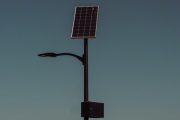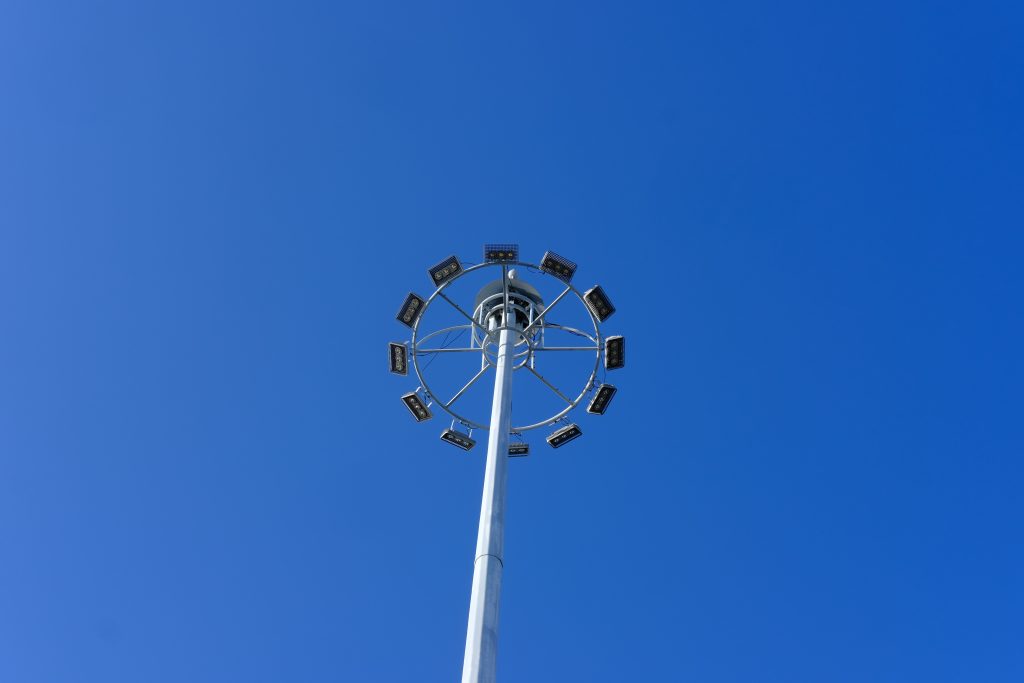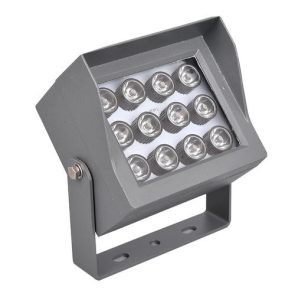1. Principle of Solar Street Light System
The solar street light consists of the following parts: light source, solar cell components and brackets, small solar controller, battery, and light pole. If the light source load configured in the system is an AC load, an inverter needs to be configured.
1.1 Light source
The type of light source selected by solar street lights is an important indicator of solar street lights. Ordinary solar street lights often choose one of low-voltage energy-saving lamps, low-pressure sodium lamps, electrodeless lamps, and LED light sources, or use two or more mixed light sources to meet the design specifications for road lighting brightness and illuminance. At present, LED light sources are used more, with long lifespan, up to 100,000 hours, low operating voltage, no need for inverters, and high light efficiency.
1.2 Solar Cell Modules
The solar cell module converts the radiant energy of the sun into electrical energy, and stores the electrical energy in the battery through the controller for use at night. At present, more polycrystalline silicon solar cells and monocrystalline silicon solar cells are used. The production process of polycrystalline silicon solar cells is relatively simple and the price is relatively low. In areas with sufficient sunlight and good sunshine, more polycrystalline silicon solar cells are used.
1.3 Small Solar Controller
The controller mainly realizes the charge and discharge monitoring of the battery by the photovoltaic module, which can effectively avoid the overcharge and deep discharge of the battery and prolong the life of the battery. At the same time, a good controller can compensate the battery temperature when the temperature difference is large, effectively ensuring the normal operation of the solar street light system.
The solar controller should be responsible for the control function of the street light, with the functions of light control and time control, to complete the automatic load switching at night, and to effectively extend the working time of the street light in cloudy and rainy days. It also needs to have overcharge protection, overdischarge protection and reverse connection protection functions to achieve higher cost performance.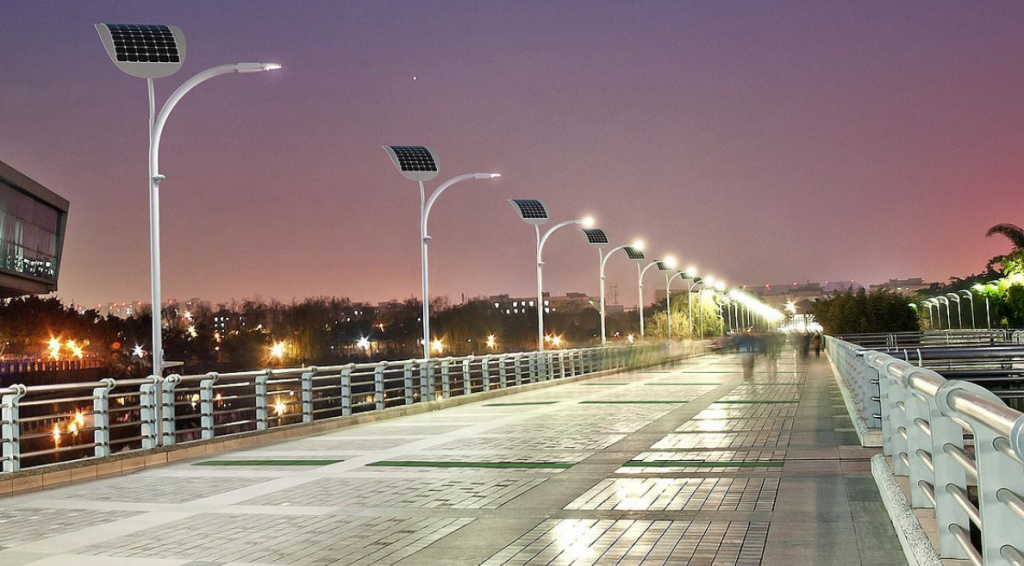
1.4 Battery
The sunshine varies greatly with the season, the input power of the solar photovoltaic power generation system also fluctuates greatly, and there is no sunshine at night when the street lights work, so the solar street lights need to be equipped with batteries to provide electricity for the street lights to work normally at night.
Lead-acid batteries, Ni-Cd batteries and Ni-H batteries are commonly used batteries. The battery capacity should match the solar battery capacity and electrical load. Generally speaking, the power of the solar cell module must be more than 4 times higher than the load power, so that the system can work normally. The voltage of the solar cell module must exceed 20% to 30% of the working voltage of the battery to ensure that the photovoltaic module can charge the battery normally. Generally, the battery capacity should be more than 6 times higher than the daily load consumption.
1.5 Lamp pole and lamp housing
The light pole system is an accessory that centrally fixes the solar street light. It consists of the light pole, the lamp housing and the design and installation of the protection (wind and moisture proof) level.
The height of the light pole should be determined according to the width of the road, the spacing of the street lamps, and the illuminance specification of the road surface in the road. In the design of the lamp housing, both aesthetics and energy saving must be considered. When aesthetics and energy saving are in conflict, most of them choose energy-saving lamps. The light pole should also meet the windproof and grounding design requirements. For lamps, it is required to meet the corresponding protection level (IP) design requirements.
2. Design Principles of Solar Street Lights
In the design of solar street lamps, it is necessary to understand and analyze the lighting design requirements and lighting work requirements, understand its design requirements, and master the environmental resources such as sunshine and wind power at the installation site. Combined with the analysis of the safety of lighting installation, firstly design a qualified and reasonable scheme that meets the requirements of users, and then conduct on-the-spot research to formulate a reasonable construction scheme.
2.1 Road Illuminance and Scope of Application
According to the requirements of “Design Specifications for Urban Road Lighting”, taking the LED street lamps currently in use as an example, due to technical limitations, the LED power is relatively small, and the power is often between 30 and 80W. The average luminous efficacy of the LED light source is 50-80 Lx/w, and the road illumination is low, so it is difficult to meet the requirements of the design specification. Therefore, the LED lighting scheme of solar street lights is only suitable for secondary trunk roads and branch roads, and should be used with caution on main roads.
2.2 Lighting time
The work of solar street lights is greatly affected by the climate. In the case of continuous rainy weather and no light, if there is not enough battery to store electricity, the solar street light will not work. The design should be based on the local climatic conditions to ensure continuous working time of 5 to 7 days. In the design, it should also be considered that the area and output power of the solar panel should be reasonably designed to match the capacity of the battery.
2.3 Wind, rain and lightning protection grounding
There is no clear standard for the wind, rain and lightning protection grounding of solar street lamps, and they are implemented with reference to relevant lighting specifications. The working voltage of LED street lights is generally 12V or 24V, which is a low voltage and generally does not need to be electrically grounded. However, the metal pole of the LED street light should be designed for lightning protection and grounding, and the grounding resistance of the pole should not be greater than 10Ω to ensure that the lightning protection safety requirements are met.
3. Solar Street Light Installation
The installation of solar street lights mainly includes the installation of photovoltaic modules, the installation of lamp caps, the threading of lamp poles, system connection, installation of lamp poles and installation inspection.
Before installing the components, check each set of equipment according to the checklist. Mainly check whether the equipment is damaged during transportation, whether there is collision, whether there is pollution, and whether the corresponding supporting tools are complete.
3.1 Installation of photovoltaic modules
The installation of photovoltaic modules needs to determine the installation method of the modules according to the local wind conditions. According to the parameters of the component, determine the material and size of the component bracket. A 60-watt photovoltaic module measures 700mm × 520mm × 30mm of monocrystalline silicon and weighs 5.0kg. The components need to be placed in the prefabricated groove structure first, and then the components and the prefabricated grooves are fixed and installed with screws. A total of six pairs of 17mm screws are required. The installation position and arrangement of components on the bracket shall comply with the construction design regulations. When the fixing surface of the module does not match the surface of the bracket, iron washers should be used to level it.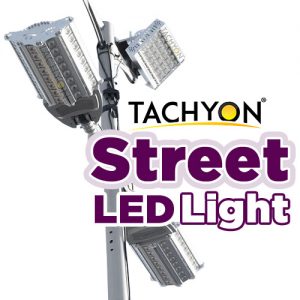
3.2 Battery installation.
Before installation, measure whether the voltage of the battery meets the product requirements one by one. The sealed battery installed outdoors should be equipped with a battery box and should meet the following requirements:
The battery box should be able to prevent the inflow of rainwater.
Freeze protection of batteries in cold seasons.
There should be a gap around and above the battery and the box, and the gap should not be less than 100mm.
An insulating sleeve should be added to the outlet of the feeder of the metal box.
During the whole installation process, the battery must not be placed upside down.
It is strictly forbidden to connect the positive and negative poles of the battery together.
3.3 controller
The controller is generally installed on the street lamp pole, and needs to be waterproofed.
When the street light pole is threading, it should first check whether the whole system is working normally. If it is a light control controller, you need to cover the photovoltaic modules with an opaque cloth to detect whether the street lights are on. If it is on, it means the system is working normally.


